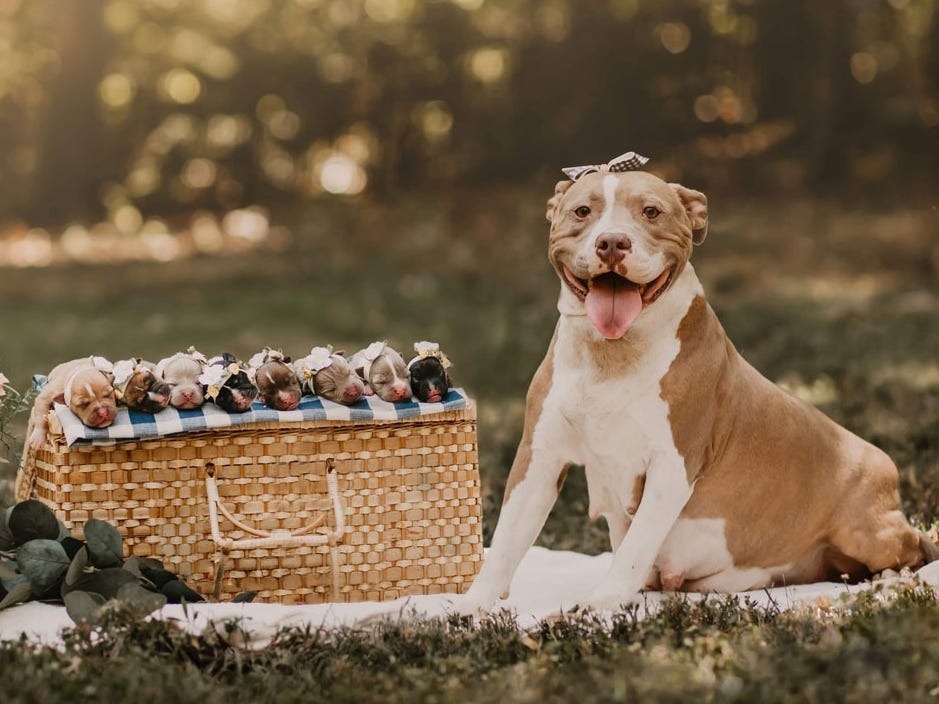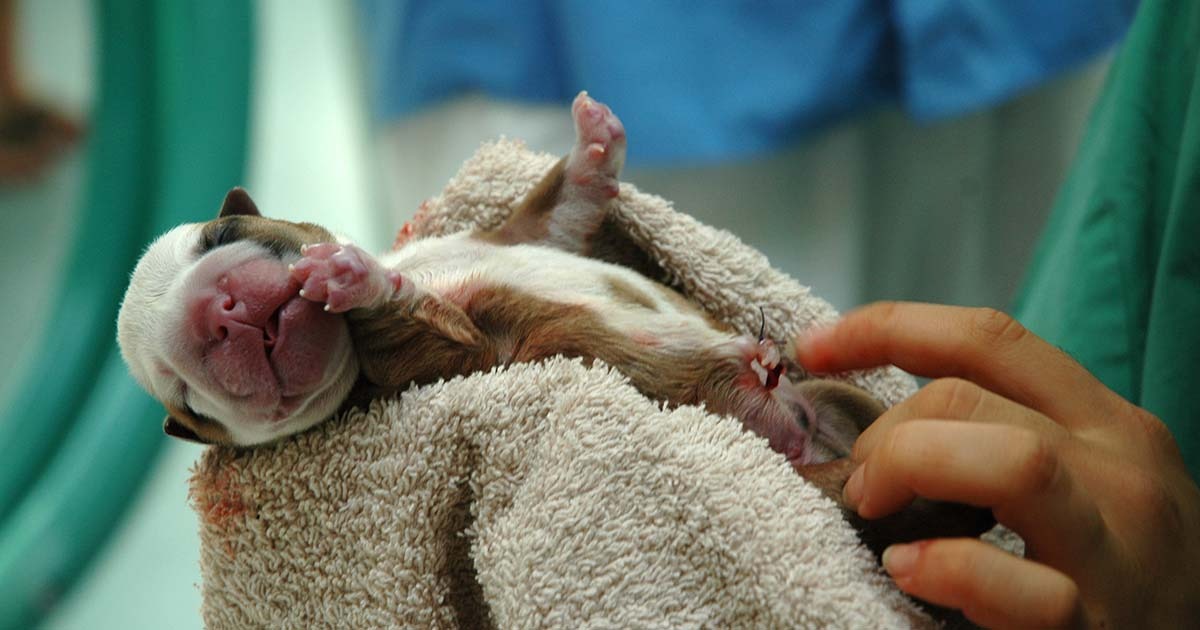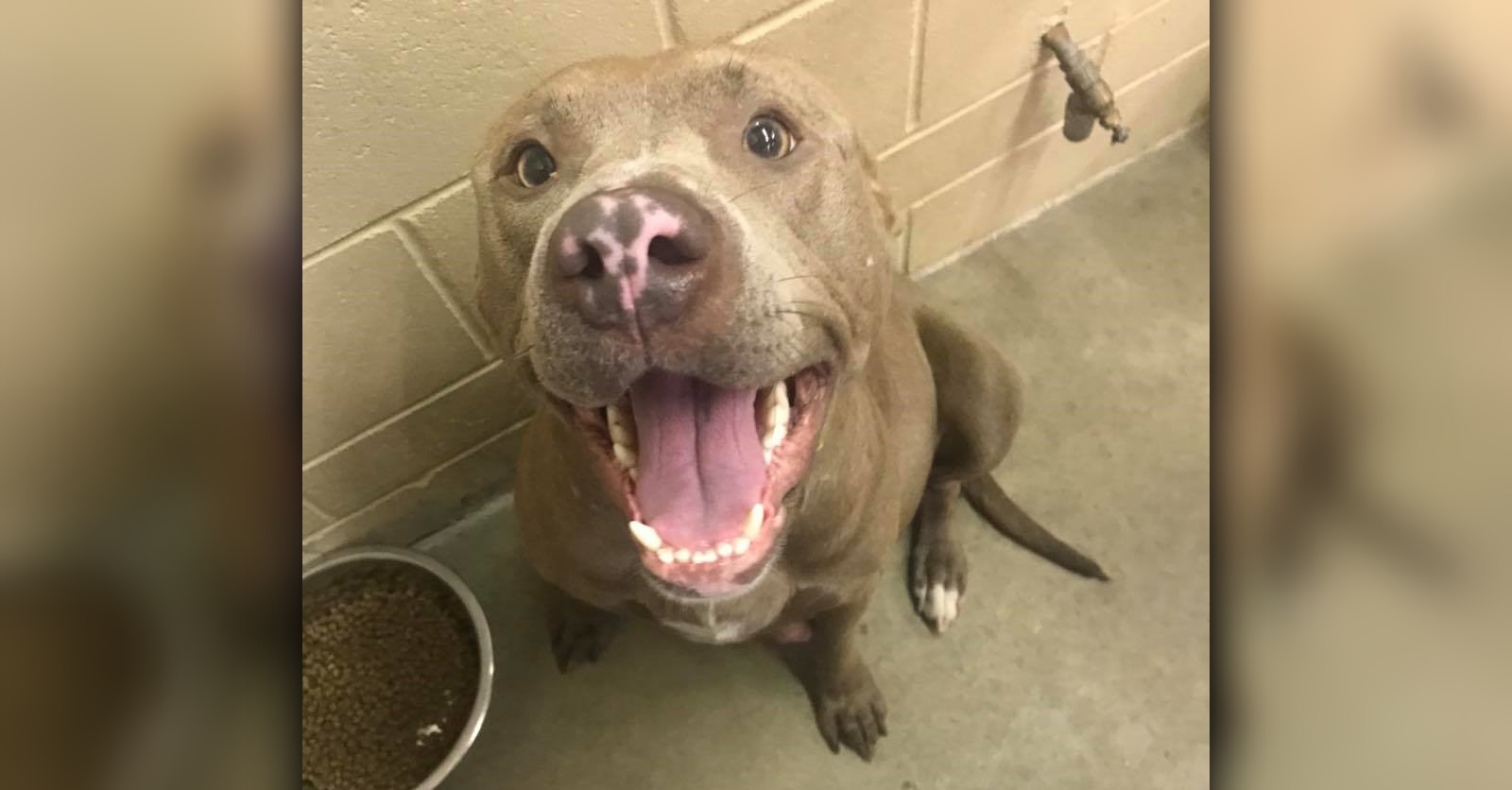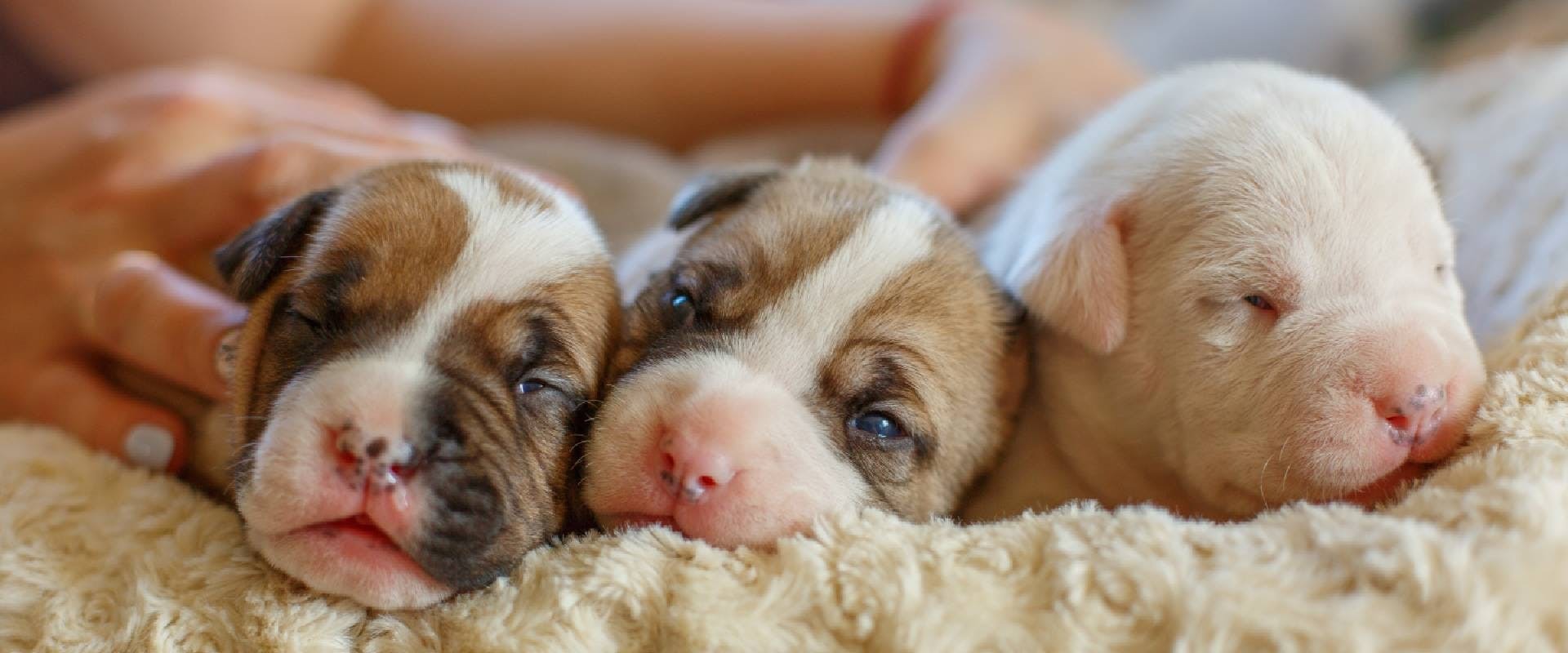Is Your Pitbull Giving Birth For The First Time, right? If so, preparing for the big day when your Pitbull gives birth for the first time can be overwhelming and stressful. Don’t be afraid, let’s following our guideline with proper planning and preparation, you can ensure a smooth delivery for your dog and her puppies.
Preparing For The Big Day: The Ultimate Guide To Your Pitbull Giving Birth For The First Time
Ensuring a Healthy Pregnancy
Schedule regular prenatal check-ups with your veterinarian to monitor your dog’s health and the development of her puppies.
Taking care of your dog’s health during pregnancy is crucial. Make it a priority to schedule regular prenatal check-ups with your veterinarian. These appointments allow for monitoring your dog’s well-being, assessing the pregnancy progress, and addressing any potential concerns. Your veterinarian can provide essential guidance on nutrition, exercise, and general care to support a healthy pregnancy. By working closely with your vet, you can help ensure the best possible outcomes for your dog and her precious puppies.

Creating a Comfortable and Safe Space for Your Pitbull and Her Puppies: A Priority
When your Pitbull is expecting puppies, providing a comfortable and safe space for her and her little ones is crucial. A dedicated whelping area ensures the well-being and development of the puppies and promotes a stress-free environment for the mother. Consider factors like temperature control, cleanliness, and sufficient space for the growing family. Provide cozy bedding, proper lighting, and a quiet atmosphere to foster a sense of security. By prioritizing their comfort and safety, you set the stage for a positive and healthy start to their lives.
Check this article to know how many puppies can a Pitbull have?
In case of emergency, it’s essential to have all necessary supplies on hand, such as towels, heating pads, and scissors. Additionally, please familiarize yourself with the signs of labor so you can be prepared when it’s time for your Pitbull to give birth. By taking these steps beforehand, you can provide the best possible care for your dog during this exciting time.

Signs Of Labor: What To Look For When Your Pitbull Is Giving Birth For The First Time
As a responsible pet owner, knowing the signs of labor when your pitbull is giving birth for the first time is essential. Recognizing these signs will help you provide the necessary support and care during this crucial time.
Below are 6 common signs of a dog in labor:
The first sign of labor is a drop in body temperature
Usually 12-24 hours before delivery. A dog’s average body temperature is typically around 101.3 degrees. If her temperature falls below 100 degrees, it indicates that labor is approaching within the next twenty-four hours. Generally, dogs give birth within twenty-four hours after experiencing this drop in temperature. Monitoring your dog’s temperature can serve as a helpful indicator, allowing you to anticipate labor and prepare for the imminent arrival of the puppies.

Restlessness
As the mother dog progresses closer to giving birth, she may exhibit restlessness as part of her nesting behavior. This restlessness can manifest as pacing, frequent changes in position, or an inability to settle comfortably. It is believed that this behavior is driven by the mother’s instinct to create a safe and comfortable space for giving birth and caring for her puppies.
Panting
During the labor process, as the contractions intensify, your dog may exhibit panting as a natural response to the discomfort and exertion involved in giving birth. Panting helps regulate their body temperature. Additionally, panting helps increase oxygen flow, which can be beneficial for both the mother and the puppies.
It’s important to note that excessive or prolonged panting, along with other signs of distress, should be monitored closely, and if there are any concerns, it’s best to consult with a veterinarian for guidance and assistance during the labor process.
Loss of appetite
As the dog’s body prepares for the labor process, hormonal changes can affect their appetite. The decreasing appetite is thought to be a result of the physical and hormonal changes occurring in the body as it redirects energy towards the labor process.
Additionally, the pressure on the abdomen from the developing puppies can contribute to a decreased desire to eat. It’s important to monitor the dog’s food intake and ensure they stay hydrated during this time. However, if the loss of appetite is severe or persists for an extended period, it’s recommended to consult with a veterinarian to rule out any underlying issues and ensure the well-being of the mother and her puppies.
Nesting behavior
During labor, dogs exhibit a nesting behavior driven by their survival instinct. This behavior stems from their natural need to find a safe and protected space to give birth. Being out in the open puts them and their puppies at risk in the wild. Consequently, they instinctively search for a cozy and secure location.
It is common for dogs to bring their bedding along and engage in scratching behavior to clean and prepare the surface. It is essential to refrain from interfering in choosing the birthing spot. Imposing a specific location can cause stress and anxiety for the mother. Allowing her to select the right place gives her a sense of control and ensures her safety and security during this critical time.
Incessant Licking of the Genital Area
Fluid comes out when they give birth, so licking this area is your dog’s way of trying to remain clean.
The Delivery Process: A Step-By-Step Guide To Helping Your Pitbull Give Birth
The delivery process is a crucial time for your pitbull and her puppies. It’s important to be prepared and know what to expect to assist your dog during labor. Your pitbull can have a safe and successful delivery with proper care and attention.
The first sign of labor is usually nesting behavior, followed by contractions. During this stage, your dog may appear restless or seek out a quiet place to give birth. Once active labor begins, the first puppy should arrive within an hour.
The delivery of each subsequent puppy should take at most 30 minutes. As each puppy is born, removing the sac from its face and cutting the umbilical cord, if necessary, is important. Keep track of the number of placentas expelled, as leaving one inside can cause infection or other complications. After all the puppies are born, monitor them closely for signs of distress or health issues.
Postpartum Care: The Ultimate Guide To Caring For Your Pitbull And Her Puppies After Giving Birth For The First Time

Postpartum care is crucial to ensure the health and well-being of your pitbull and her puppies after giving birth for the first time. You need to monitor her closely for any signs of discomfort or complications.
Ensure she has plenty of food and water, as she will be nursing her puppies round the clock.
Keeping the area clean and hygienic is important, as newborn puppies are vulnerable to infections. Regular vet check-ups ensure the mother and her puppies are healthy.
Provide a warm, comfortable space for your pitbull and her puppies to rest undisturbed.
Lastly, be patient with your pitbull as she adjusts to motherhood – it’s a big change for her!
With proper postpartum care, you can help ensure your beloved pet is happy and healthy after giving birth for the first time.
You can find the best dog food for Pitbull puppies in here
Dogs giving birth FAQs
Q: How long does labor typically last for a dog giving birth?
A: Labor duration can vary among dogs, usually lasting 6 to 24 hours. It’s essential to monitor the progress and consult with a veterinarian if labor seems prolonged or if there are any concerns.
Q: How many puppies can a Pitbull have in one litter?
A: The number of puppies in a litter varies depending on the individual dog. On average, dogs can have 1 to 12 puppies in a single litter. You can find out more in the article “how many puppies can a Pitbull have“
Q: Should I be present during my dog’s labor and delivery?
Being present during your dog’s labor and delivery is generally recommended to provide support and assistance if needed. However, respecting your dog’s space and avoiding unnecessary interference is essential. Observe from a distance unless intervention is necessary or complications arise.
Q: How can I prepare for my dog’s labor and birth?
To prepare for your dog’s labor, create a quiet and comfortable whelping area with clean bedding. Gather supplies like clean towels, sterilized scissors for cutting umbilical cords, and a heating pad for warmth. Have the contact information of a veterinarian readily available in case of emergencies.
Q: When should I seek veterinary help during labor?
While most dog births occur without complications, monitoring the process closely is crucial. Contact a veterinarian if you notice prolonged labor without progress, more than two hours between puppies, excessive bleeding, signs of distress in the mother, or if you have any concerns about the health and well-being of the puppies.
Q: How soon after giving birth should I take the puppies and mother to the vet?
It is advisable to have the mother and her puppies examined by a veterinarian within the first few days after birth. The vet can perform a postnatal check-up to ensure the mother’s health and assess the puppies’ well-being, including checking for any congenital issues or necessary vaccinations.
Remember, each dog’s pregnancy and birthing experience may vary, so it’s always best to consult a veterinarian for personalized advice and guidance.
Q: Why breeding your Pitbull dog on her first heat is not OK? What is the best age for a dog to get pregnant?
Breeding a dog on her first heat is generally not recommended for several reasons. First, female dogs are still physically immature and may not be fully developed to handle the demands of pregnancy and childbirth. Breeding too early can pose health risks for the mother and the puppies. Additionally, early breeding can interfere with the dog’s growth and potentially lead to complications or genetic issues.

The best age for a dog to get pregnant varies depending on the breed, size, and individual health. Most experts suggest waiting until the dog is at least 1 to 2 years old and fully matures before considering breeding. This promotes proper physical and emotional development, promoting a healthier and safer breeding experience.
Learn more about how to draw a Pitbull dog step by step
Conclusion
Witnessing your Pitbull give birth for the first time is an incredible and rewarding experience. Cherish this special moment as you see new life enter the world and embark on the journey of raising and nurturing these precious Pitbull puppies.



